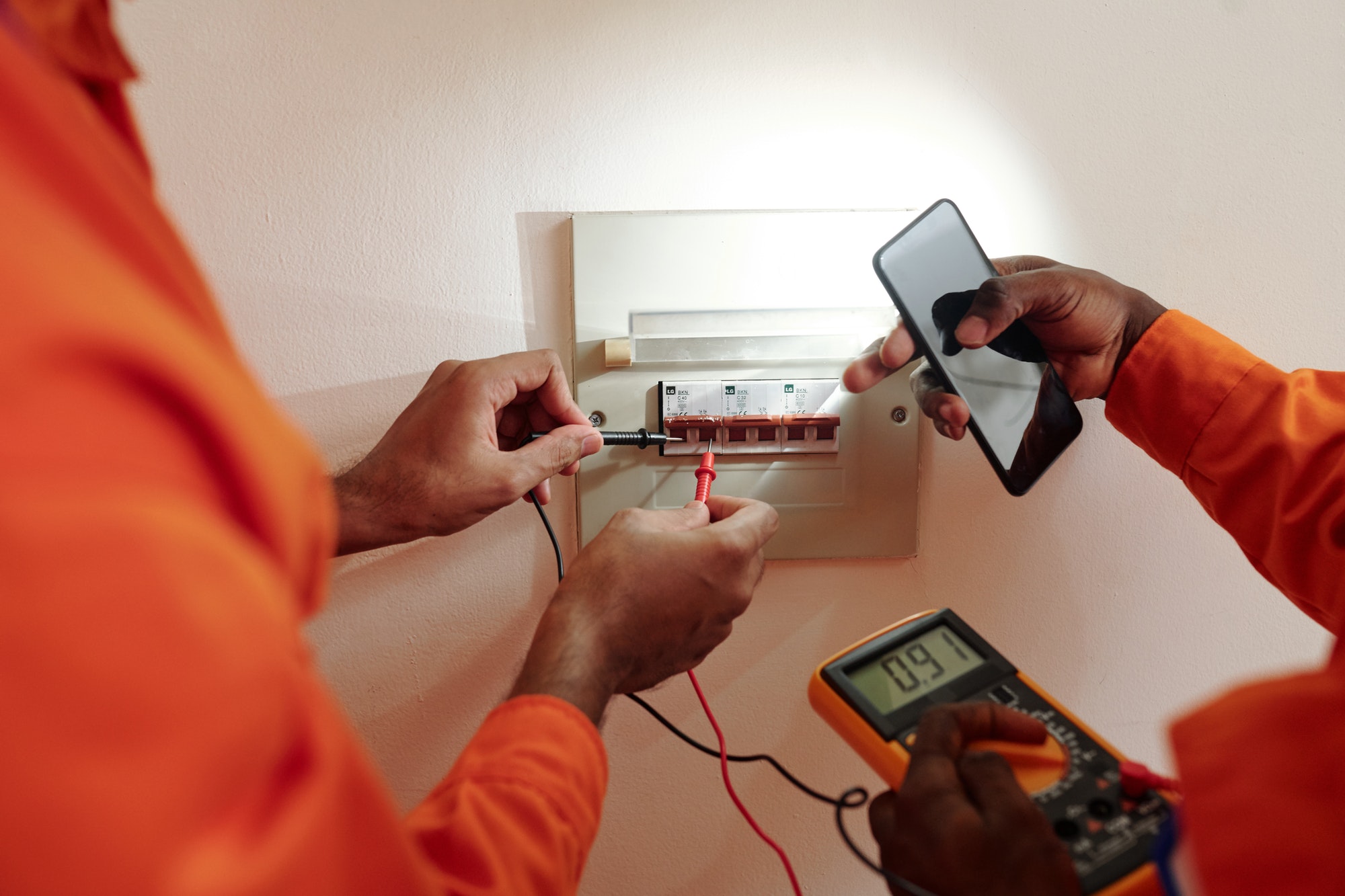In today’s fast-paced business environment, a robust and efficient network infrastructure is crucial. Structured cabling offers a standardized and organized approach to cabling that supports multiple hardware uses and enhances overall network performance. This blog post explores the benefits of structured cabling and outlines best practices for maximizing efficiency in your network infrastructure.
What is Structured Cabling?
Structured cabling refers to a comprehensive system of cabling and associated hardware that provides a unified communications infrastructure. This infrastructure supports a wide range of applications such as data transmission, voice communications, video, and various management systems. It differs from traditional point-to-point cabling by offering a more organized and scalable approach.
Benefits of Structured Cabling
1. Simplified Management and Maintenance
Structured cabling organizes all your network cabling in a single infrastructure, making it easier to manage and maintain. This reduces the complexity of identifying and troubleshooting issues, leading to faster resolution times and reduced downtime.
Key Advantages:
- Easy to locate and fix issues.
- Simplified network modifications and upgrades.
- Reduced downtime and increased reliability.
2. Scalability and Flexibility
Structured cabling systems are designed to be scalable and flexible, allowing for easy additions, changes, and moves. This is particularly beneficial for growing businesses that need to expand their network capabilities.
Key Advantages:
- Accommodates future growth.
- Supports new applications and technologies.
- Flexible to adapt to changing business needs.
3. Enhanced Performance and Reliability
A well-designed structured cabling system ensures optimal performance by reducing the chances of network congestion and bottlenecks. It also enhances reliability by providing a clear and organized layout that minimizes errors and downtimes.
Key Advantages:
- Consistent network performance.
- Reduced risk of network failures.
- Improved overall system reliability.
4. Cost-Effectiveness
Although the initial installation cost of structured cabling may be higher than traditional cabling, it offers significant cost savings over time. Reduced maintenance costs, minimal downtime, and ease of upgrades contribute to long-term cost-effectiveness.
Key Advantages:
- Lower maintenance and operational costs.
- Efficient use of resources.
- Long-term investment with future-proofing capabilities.
Best Practices for Structured Cabling
1. Planning and Design
Proper planning and design are crucial for an effective structured cabling system. This includes assessing your current and future network needs, selecting appropriate cabling standards, and designing a layout that maximizes efficiency and scalability.
Key Considerations:
- Conduct a thorough site survey.
- Plan for current and future network requirements.
- Use standardized cabling components and practices.
2. Use High-Quality Components
Using high-quality cabling and hardware components ensures the longevity and performance of your network. Invest in cables, connectors, and other hardware that meet or exceed industry standards.
Key Considerations:
- Choose reputable brands and certified products.
- Ensure all components are compatible and compliant with standards.
- Avoid cheap, low-quality materials that can lead to performance issues.
3. Proper Labeling and Documentation
Labeling and documenting your cabling system is essential for efficient management and troubleshooting. Clearly label all cables, ports, and hardware, and maintain comprehensive documentation of the network layout and connections.
Key Considerations:
- Label cables at both ends.
- Keep detailed records of network diagrams and configurations.
- Update documentation with any changes or additions.
4. Implement Cable Management Solutions
Effective cable management prevents clutter and tangling, which can cause damage and reduce efficiency. Use cable trays, racks, and ties to organize and secure cables neatly.
Key Considerations:
- Use cable trays and racks for organization.
- Employ cable ties to secure loose cables.
- Avoid overloading cable management solutions to prevent damage.
5. Regular Maintenance and Upgrades
Regular maintenance and timely upgrades are essential to ensure your structured cabling system continues to perform optimally. Schedule regular inspections, test connections, and update components as needed.
Key Considerations:
- Perform routine inspections and testing.
- Replace damaged or outdated components.
- Stay updated with technological advancements and standards.
Conclusion
Structured cabling is a vital investment for any business looking to maximize efficiency and future-proof its network infrastructure. By providing a scalable, flexible, and organized approach to cabling, structured cabling systems enhance performance, reliability, and cost-effectiveness. Implementing best practices in planning, quality components, labeling, cable management, and maintenance ensures that your structured cabling system will support your business’s needs both now and in the future. Prioritizing structured cabling sets the foundation for a robust and efficient network, enabling your business to thrive in a competitive environment.






